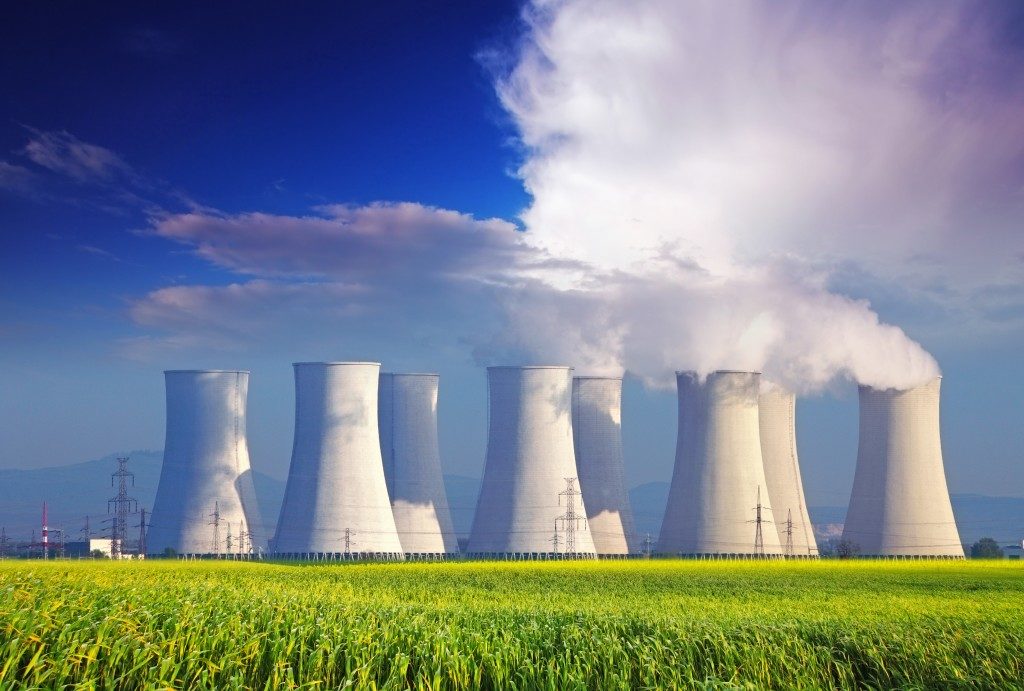Nuclear energy is the most maligned source of power. Fears of a Chernobyl-like incident are ever-present, even as the chances of a reactor melting down have been almost reduced to zero. Any talk of nuclear power will also have environmentalists up in arms — even as one of the founders of Greenpeace espouse its use.
Highly Efficient
Elon Musk once stated that the entirety of the USA could be sufficiently powered by solar panels covering a small portion of Utah or Nevada. Solar power is an excellent option for single residential homes, often reducing electricity costs to zero. However, in a wide-scale setting, solar power poses significant problems. Solar power generation is reliant on weather conditions, and the amount of available sunlight during the winter months can cause glaring shortages. Solar panels also degrade over time, losing as much as 1 percent of their capacity every year. Nuclear power is not reliant on any outside factors, maintaining optimum outputs at all times. Nuclear plants require very little space compared to solar farms, and most plants can run for 60 years without losing efficiency. The costs of generating power have significantly dropped to a mere $34/MWh — almost half of the price of coal and gas and at par with the cost of wind and solar energy.
Minimal Environmental Impact
When it comes to environmental impact concerning total energy production, nuclear power wins over its competition. Nuclear plants produce zero emissions; no air pollution, no carbon dioxide. It requires the least area per megawatt produced of all the carbon-free sources of electricity. Dams for hydroelectric power require drastic changes in the environment — often destroying large swaths of land as well as flora and fauna within. Wind turbines are notorious for disrupting and even causing fatalities in local avian populations. The smallest nuclear plant in the U.S. is capable of producing more than 500MW. A solar farm producing the same capacity will require more than 5,000 acres of land, making vast areas of land uninhabitable to local wildlife.
Safety Concerns

Meltdowns and radiation are the boogeymen that scare people away from accepting nuclear power. The chances of a Chernobyl-like incident happening is zero as modern power plants have multiple redundant barriers of containment as well as reliable safety systems. Reactors also have containment vessels designed to withstand the most extreme circumstances, including flooding and earthquakes. Living within 50 miles of a nuclear power plant exposes you to an average yearly dose of 0.01 millirems a year. For perspective, consider that a 3-day stay in Atlanta already exposes you to 1 millirem. The fear of radioactive waste affecting the environment is also largely unfounded. Radioactive waste from nuclear plants is disposed of in processing facilities, sealed in barriers that prevent any amount of radiation from leaking into the environment.
In the end, nuclear power is safe. It won’t cause you to grow a third eye or develop mutant abilities. It is one of the safest, cleanest, and most efficient sources of energy.



